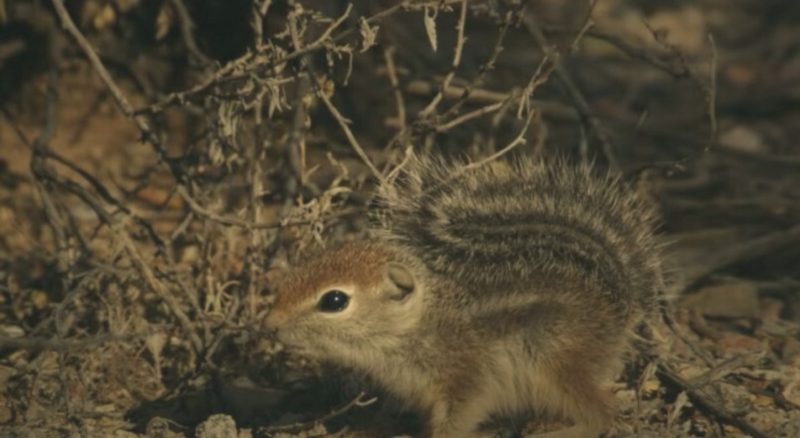Life in your backyard is a buzzing ecosystem of critters, bugs, and an array of animals, and squirrels are probably one of the most familiar and active parts of this wildlife scene. While they are certainly delightful to watch, understanding their habits can also provide fascinating insights into their lives. So, let’s dive into a somewhat unusual yet very significant subject: squirrel poop!
The Basics
Squirrels are found all over the world, and their poop can tell you a lot about their lifestyle, diet, and health status. But what does it look like, and how does it differ from other animals’ droppings?
Physical Appearance
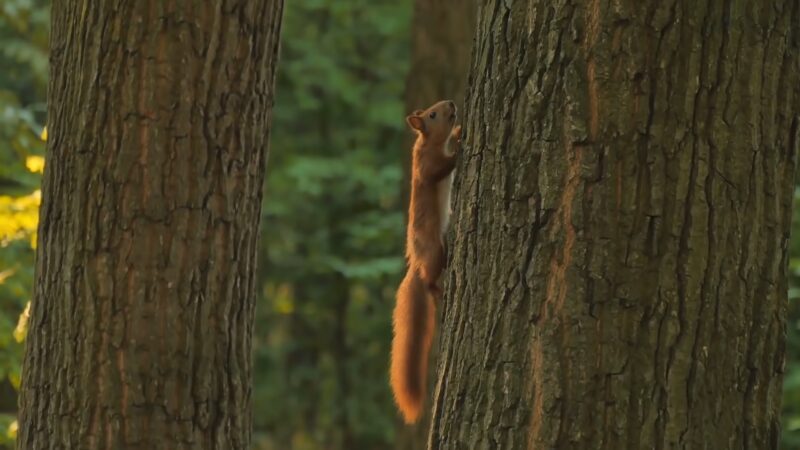
Squirrel droppings are usually small and round, similar to a large grain of rice. They’re typically dark brown or black and are about 3/8 inches long. The droppings have a cylindrical shape, with more rounded ends compared to the pointed ends of rat droppings.
These critters often leave their droppings in clusters, which is an essential differentiation from other animals. The clusters are usually found near the base of trees or around their feeding area. While fresh droppings are dark in color, they tend to lighten and gray as they age.
Variations Across Species
While most squirrel species have similar-looking poop, there are slight variations across different species. For instance, Red species produce slightly smaller droppings than their Grey species counterparts.
- Grey species: Droppings typically measure about 8mm in diameter.
- Red species: Droppings are slightly smaller, usually around 6mm in diameter.
The environment and diet also influence the color and consistency of the droppings. For instance, in colder climates, the droppings might be slightly darker due to a higher intake of protein-rich nuts and seeds.
Diet and Poop
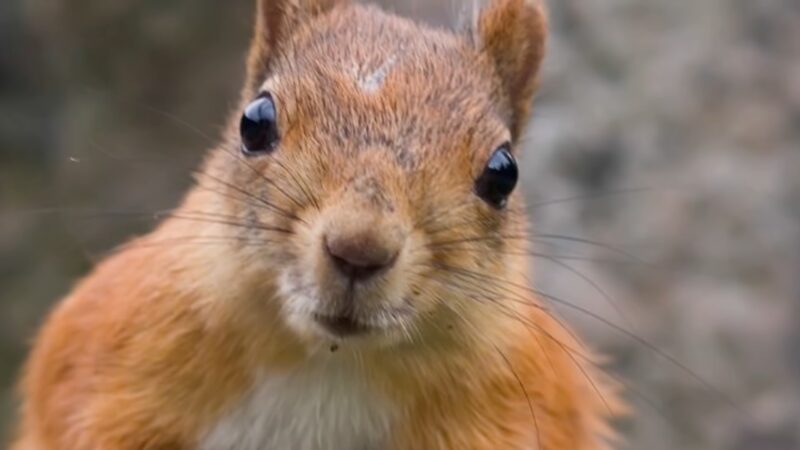
Squirrels are predominantly herbivorous, and their diet greatly influences the nature of their poop. Their droppings are likely to contain remnants of their recent meals. As a result, the joke in our title, “Warning-Contains Nuts,” isn’t far from the truth!
During the spring and summer, when squirrels enjoy a varied diet of fruits, vegetables, nuts, and seeds, their droppings may have lighter shades and softer consistency. In contrast, during the colder months, when their diet consists mostly of the hard mast like nuts and tree bark, their droppings tend to be harder and darker.
Significance of Poop Observations
Identifying and understanding squirrel poop can give us insights into squirrel behavior and health. For instance, locating a large amount of poop can hint at a nest nearby. Furthermore, the presence of undigested food particles or a sudden change in droppings’ consistency can indicate potential health problems.
The droppings can also transmit diseases to humans and pets, so understanding their appearance can help you take necessary precautions if you find them in your yard or attic.
Comparing Squirrel Poop to Other Animal Poop
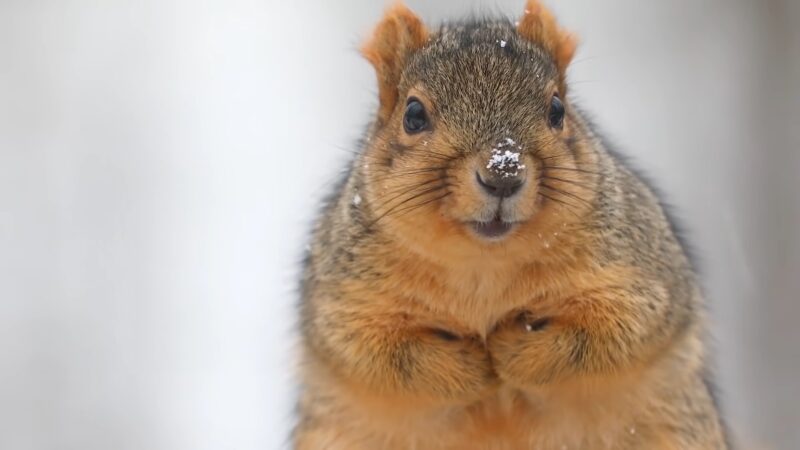
Squirrel droppings can sometimes be mistaken for those of other animals, particularly rats or birds. However, upon closer inspection, key differences become apparent.
Rat Poop
At first glance, squirrel and rat droppings might seem similar due to their size and shape. However, there are differences that help in identification:
- Shape: Rat droppings are more spindle-shaped with pointed ends, whereas squirrel droppings are more rounded.
- Distribution: Squirrels tend to leave their droppings in clusters, while rats will scatter their droppings.
These differences can help you determine the kind of visitor you’ve had in your yard or home.
Bird Poop
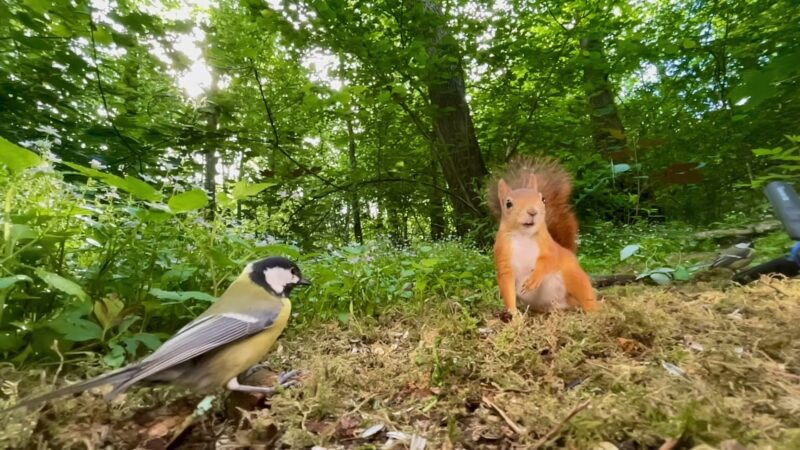
Bird droppings are quite different from squirrel droppings. They are more liquid and contain a white, pasty substance, which is actually bird urine. In contrast, squirrel droppings are solid and don’t contain a urine component. Another clear distinction is that bird poop is often found splattered, while squirrel poop will be found in more solid, clustered groups.
Bat Guano
Squirrel droppings can also be mistaken for bat guano. Both are small, dark and found in groups. However, bat droppings have a unique feature – they crumble to a powdery substance when touched due to the high content of insect remains. Squirrel poop, on the other hand, maintains its form and doesn’t crumble.
Why the Comparison Matters
Recognizing the can help you identify the types of animals interacting with your property. This can inform how you handle wildlife interactions, pest control, and disease prevention measures in your surroundings.
Diseases Transmitted Through Poop
Squirrels are generally harmless creatures, but like many wild animals, they can carry diseases that can be transmitted to humans through their feces. Knowing about these potential hazards can help ensure safe interactions with these creatures.
1. Leptospirosis
Leptospirosis is a bacterial disease that can be contracted through contact with the urine or feces of infected squirrels. Symptoms can range from none at all to severe illness, including kidney damage, liver failure, and even death in severe cases.
2. Salmonellosis
Salmonellosis is another bacterial disease that can be contracted from squirrel droppings. The bacteria can cause fever, diarrhea, and abdominal cramps. It’s essential to thoroughly wash your hands after any contact with feces to prevent this disease.
3. Tularemia
Tularemia, or rabbit fever, is a more rare but potentially serious disease that can be contracted from contact with squirrel droppings. Symptoms include fever, ulcers, and swollen glands.
4. Precautions to Take
To prevent disease transmission, avoid direct contact with squirrel feces. If you need to clean up squirrel droppings, wear gloves and a mask, and wash your hands thoroughly afterward. Keep pets and children away from areas with droppings to reduce the risk of accidental contact or ingestion.
Cleaning and Handling Droppings

Whether you’ve spotted squirrel droppings in your backyard or attic, knowing how to safely clean and dispose of them is vital for maintaining a healthy environment.
Preparing for the Cleanup
Before you begin cleaning, make sure to don appropriate personal protective equipment. This includes wearing gloves, a mask to prevent inhalation of airborne particles, and protective eyewear. Also, have a sealable bag ready to collect the droppings.
The Cleaning Process
Using a paper towel or plastic bag over your gloved hand, carefully collect the droppings and place them into your sealable bag. For smaller, harder-to-pick-up droppings, consider using a HEPA-filtered vacuum. After collecting the droppings, clean and disinfect the area using a bleach solution (1 part bleach to 10 parts water).
Disposal
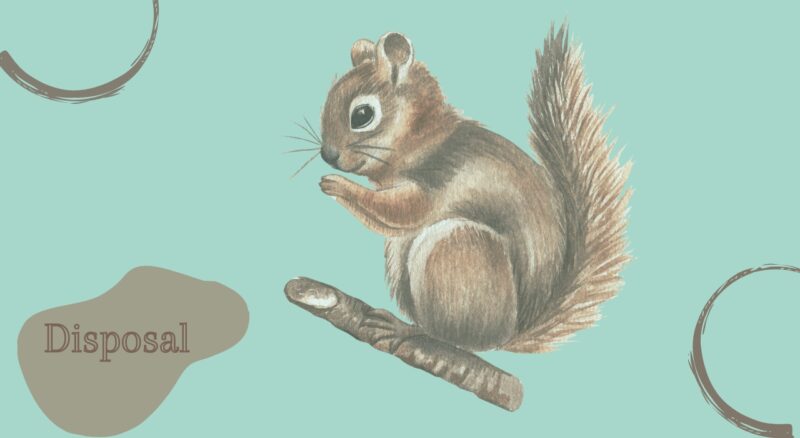
After cleanup, seal the bag tightly and place it in a covered outdoor trash can. Remove your gloves and mask and place them in the trash as well, then wash your hands thoroughly with soap and warm water.
Professional Help
If you’re dealing with a large-scale infestation or feel uncomfortable handling the cleanup yourself, consider reaching out to a professional pest control service. They have the experience and the proper tools to safely remove the droppings and sanitize the area.
Squirrel Behavior Related to Poop
These critters have interesting behaviors related to their poop. Observing these can give you deeper insights into their lifestyle and habits.
Latrines
Squirrels, like many animals, establish specific sites for their droppings, known as ‘latrines.’ This behavior keeps their living and feeding areas clean, reducing the risk of disease transmission within the squirrel community.
Communication
For squirrels, latrines also serve a communicative purpose. By marking a particular area with their feces, these critters can communicate their territory to their friends. This behavior is especially common among male squirrels during the mating season.
Indicators of Stress
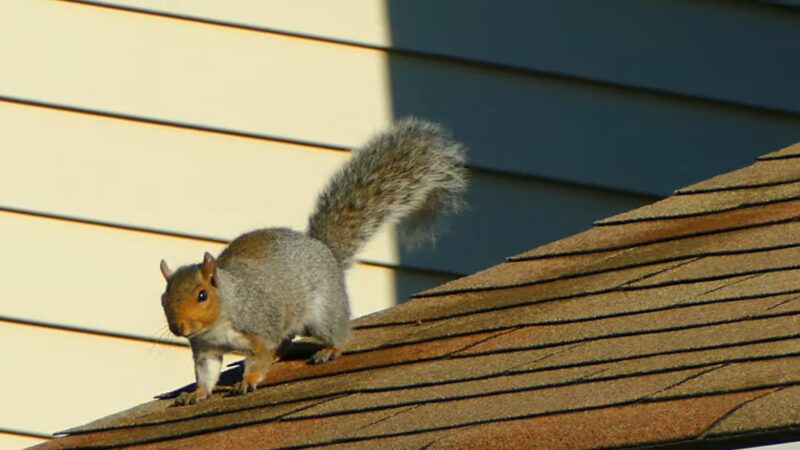
Squirrels can also use defecation as a stress response. For instance, if they feel threatened or scared, they might poop as a defensive mechanism. This behavior is common in many species and is thought to be an attempt to deter predators.
Patterns in Defecation
Observing when and where squirrels poop can provide insights into their feeding habits, nesting sites, and daily patterns. Noticing a sudden increase in squirrel poop in a particular area may indicate a new food source or nest nearby.
Preventative Measures for Homeowners
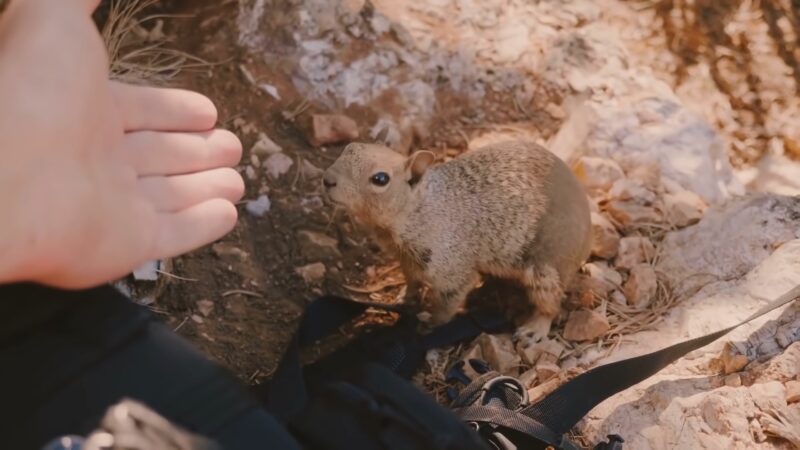
If you’ve discovered squirrel poop in or around your property, there are steps you can take to prevent further visits from our furry friends.
Cleaning Up
Promptly clean up any feces you find. Not only does this minimize the risk of disease, but it also removes a potential attractant for other squirrels.
Secure Food Sources
Secure potential food sources like bird feeders, compost piles, and trash cans. Use squirrel-proof bird feeders and securely cover compost and trash cans to deter the critters.
Tree Trimming
Trim tree branches near your home to make it less accessible to squirrels. This is particularly important if you’ve found droppings in your attic.
Professional Help
If you have a severe squirrel problem, it might be time to call in a professional. Pest control companies can humanely trap and relocate them, and they can also help squirrel-proof your property to prevent future invasions.
Final Words
While squirrel poop might not be the most pleasant topic, understanding it can provide fascinating insights into these critters’ behavior, diets, and health. Not to mention, it can help homeowners effectively handle and prevent squirrel-related issues. So the next time you spot some droppings in your yard or attic, you’ll be well-equipped with the knowledge to handle the situation appropriately.
Delving into the wardrobe woes, it is intriguing to understand the reasons behind why moths have a penchant for devouring your clothes, as we explore another curious topic: the appearance of squirrel poop and its uncanny resemblance to nuts.
Related Posts:
- What Does Frog Poop Look Like? - Analyzing the Appearance
- Squirrel Vs Rat Poop - How to Tell the Difference
- Sea Level Rise: A Watery Warning for Our Future
- 10 Best Books on Climate Change in 2024 - In-Depth…
- What Do Wolves Eat? A Closer Look at The Hungry Hunters
- 10 Arctic Ground Squirrel Facts, Pictures & Video:…


